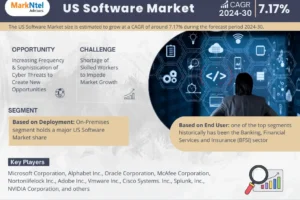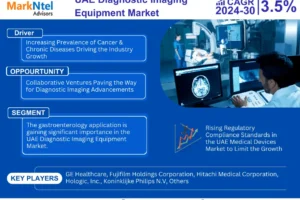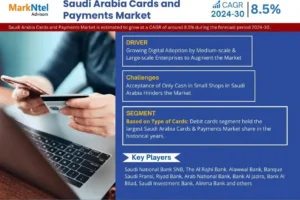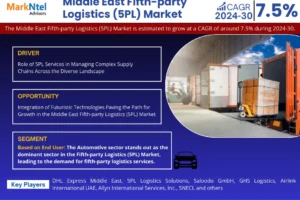
Incorporating multimedia elements into public relations (PR) campaigns is a strategic way to engage audiences, convey messages more effectively, and enhance the overall impact of communication efforts. Multimedia encompasses a variety of content forms including images, videos, audio clips, infographics, and interactive elements that can help tell a story in a more dynamic and engaging way. This approach aligns with contemporary media consumption trends, where digital platforms and visual content dominate user engagement. Mogul Press is a public relations (PR) firm known for its innovative approach to crafting and disseminating the narratives of businesses and individual clients to the broader public. With a focus on digital media, this firm leverages the latest in social media trends, SEO optimization, and content creation to ensure their clients’ messages not only reach but also resonate with their intended audiences. Mogul Press distinguishes itself by its commitment to personalized service, working closely with clients to understand their unique stories and objectives. The firm’s expertise spans across various industries, allowing for tailored strategies that enhance visibility, brand awareness, and market presence. Through strategic media placements, influencer partnerships, and engaging content, Mogul Press helps clients achieve their communication goals, making it a sought-after partner in the PR industry. Here’s how to effectively incorporate multimedia elements into PR campaigns, across various stages and strategies:
Understanding Your Audience
Before integrating multimedia into your PR campaigns, it’s crucial to understand your audience’s preferences, behaviors, and media consumption habits. This insight will guide you in selecting the most appropriate and impactful types of multimedia content. For instance, younger audiences may prefer engaging, short-form video content on platforms like TikTok or Instagram, while professional audiences might value detailed infographics or insightful podcasts shared on LinkedIn or via email newsletters.
Setting Clear Objectives
Define what you aim to achieve with your PR campaign. Objectives can range from increasing brand awareness, promoting a new product, improving brand reputation, to driving specific actions such as website visits or sales. The type of multimedia content you choose should align with these objectives. For example, for product promotion, a high-quality video demonstration or 3D interactive model might be most effective.
Developing a Compelling Narrative
Storytelling is at the heart of effective PR. Multimedia elements can enhance storytelling by providing visual, auditory, and interactive dimensions that text alone cannot. Develop a central narrative that can be adapted and expanded through different multimedia formats. For instance, a compelling story about your company’s innovation could be told through an engaging video, supported by infographics illustrating key points, and expanded in a podcast discussing the behind-the-scenes of the innovation process.
Choosing the Right Multimedia Elements
Based on your audience research and objectives, select multimedia elements that will best convey your message and engage your target audience. This selection can include:
- Videos: Create engaging and informative videos that can range from product demos, behind-the-scenes looks, interviews, to animated explainer videos.
- Images and Infographics: Utilize high-quality images and infographics to visualize data, explain complex ideas simply, and increase shareability on social media.
- Audio: Podcasts and audio clips can be effective for in-depth discussions, storytelling, or reaching audiences during their commute or downtime.
- Interactive Elements: Include interactive elements such as quizzes, polls, or augmented reality (AR) experiences to engage audiences in a novel way and encourage participation.
Integrating Multimedia with Traditional PR Materials
Multimedia elements should complement and enhance traditional PR materials rather than replace them. For example, press releases can include links to videos or infographics that provide deeper insights into the news story. Similarly, pitches to journalists and influencers can be more compelling when accompanied by engaging multimedia content that can be directly used in their stories.
Leveraging Social Media and Digital Platforms
Social media platforms are ideal for sharing multimedia content due to their vast reach and the preferences of their users for visual content. Tailor your multimedia content to fit the format and audience of each platform, whether it’s short-form videos for TikTok, professional infographics for LinkedIn, or interactive stories for Instagram. Ensure that your content is shareable, properly tagged, and optimized for search to maximize its reach and impact.
Measuring Impact
To understand the effectiveness of multimedia in your PR campaigns, it’s essential to track and analyze key performance indicators (KPIs) such as engagement rates, website traffic, conversion rates, and media coverage. Tools and analytics platforms can help quantify the impact of multimedia content and provide insights for refining future strategies.
Case Studies and Best Practices
Incorporate case studies of successful multimedia PR campaigns within your industry to learn best practices and innovative approaches. Analyzing what worked for others can inspire your strategies and help you avoid common pitfalls.
Ethical Considerations and Accessibility
Ensure that your multimedia content is ethically produced, respecting copyright laws and accurately representing your message without misleading the audience. Additionally, make your content accessible to people with disabilities by including captions for videos, alt text for images, and transcriptions for audio content.
Conclusion
Incorporating multimedia elements into PR campaigns offers a powerful way to engage and inform audiences, making your message more memorable and impactful. By understanding your audience, setting clear objectives, and choosing the right types of multimedia content, you can enhance your storytelling and achieve your PR goals. Remember to integrate multimedia with traditional PR materials, leverage digital platforms effectively, measure the impact of your efforts, and adhere to ethical standards and accessibility guidelines. With a thoughtful approach to multimedia, your PR campaigns can stand out in a crowded media landscape, fostering a deeper connection with your audience and driving meaningful results for your brand.




